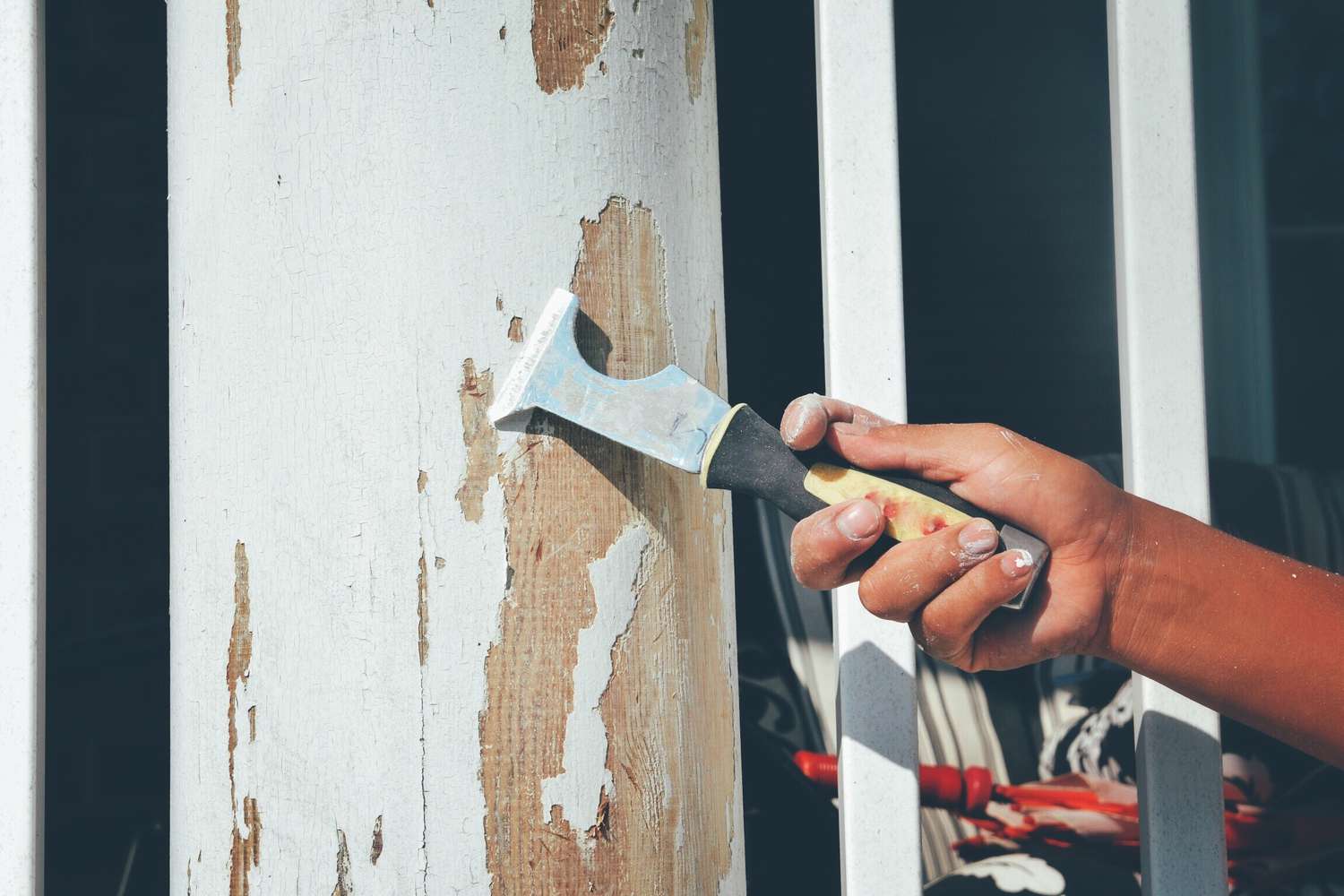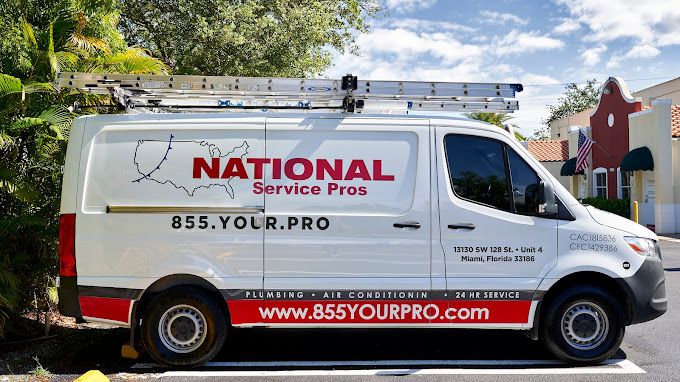Repainting your commercial property is one of the most obvious and meaningful ideas during renovation. A new and fresh coat of paint uplifts the exteriors, revitalises the interior structures, and puts your business in the positive impression.
Despite knowing the importance of choosing the right technique for paint removal in Melbourne, many owners of the commercial space confuse paint stripping and sandblasting to be the same. However, not choosing the right paint stripping technique can tear apart delicate surfaces, making the paint stripping process more damaging than good.
For this reason, understanding these two techniques of removing the paint from the surfaces is essential. In this blog, we’ll explore these methods in detail and know its pros and cons. We will also compare these techniques and learn the factors to find the right paint removing technique that works best for your building premises.
Understanding Paint Stripping
As the name implies, the paint stripping process is more about removing the old, damaging, and peeling paint from walls. It is an important process of preparing the surface to apply the new paint in smooth and neat lines. Many professional commercial painters in Melbourne use different techniques of stripping the old paint.
1. Chemical Paint Strippers:
Chemical strippers break down and release the old paint on its own. Meaning, the process does not require scorching or manually stripping the paint. Whether you are removing old and damaging paint from wooden surfaces of furniture, cabinets, decks, and siding, or metal automobile parts, fixtures, or industrial equipment, the chemical strippers suit the best.
Also, you can use chemical disinfectants to remove old paint from concrete floors, countertops, walls, or even decorative and detailed architectures. With many chemical strippers available for commercial use, it is useful to understand if the product suits the type of paint you are removing. It is best to consult with painters in Melbourne.
2. Mechanical Paint Strippers:
Contrary to the chemical strippers, many manual tools and methods are also a safe and useful way of stripping the paint. If the paint layer is thick, stubborn, and is difficult to remove with chemical strippers, then manual scraping with blade, wire brushing, and sanding can work best.
These tools and methods can remove old, damaging, and peeling paint from wood furniture, cabinets or metal car parts, fixtures, and railings.
Additionally, power sanders can detach paint from concrete floors while manual sandpapers can remove plastic paint well. Manual paint removing techniques are more efficient when you are hiring a professional offering paint removal in Melbourne.
3. Thermal Paint Strippers:
If all other methods fail to work, using heat guns should be the last option. Heat guns put controlled air inside the surface and soften the paint. Using heat guns before manually scraping the paint is fine if the surface is heat-resistant.
Advantages of Paint Stripping
- Chemical or manual paint stripping is great for delicate and intricate surfaces as you are manually applying the tools on specific areas.
- Generally less harsh than other methods.
- Variety of products make paint stripping suitable for different surfaces and paint quality.
Disadvantages of Paint Stripping
- Chemical strippers can leave harsh impact and are riskier without professional intervention.
- Manual paint stripping can be time-consuming and will often require professional services.
- Disposing chemical waste, especially when using chemical stripping techniques, can be harmful without adhering to environmental regulations.
Understanding Sandblasting
A sandblasting technique, quite contrary to paint stripping, is one of the most effective and fastest ways to remove old paint, rust, and rough surfaces. Under this technique, professionals use a special vacuum machine that shoots out sand at a high speed which helps in removing the old and damaged paint and rust. Interestingly, you can even collect the sand and reuse it again for other surfaces.
Sandblasting is more than just removing the old paint, it clears out the dirt and rust, and also smoothens the metal, stone, or wood surfaces like new. Apart from sand, commercial painters in Melbourne use glass beads or aluminium oxide as media blasting techniques for specific areas.
Advantages of Sandblasting
- Sandblasting is highly effective for quickly removing paint and coatings from large areas.
- Sandblasting leaves a rough texture to the surface which ultimately helps in bonding the new coatings.
- Suitable for metal, concrete, brick, and masonry.
Disadvantages of Sandblasting
- The abrasive nature of sandblasting can damage delicate surfaces, especially when settings are not well adjusted.
- Sandblasting process leaves out excess dust and waste after using it, so post-care is a requirement.
- It uses abrasive stone beads, glass and other gases which can be unhealthy for a layman. So, professionals utilising safety precautions is necessary.
Comparing Paint Stripping and Sandblasting
Now that you know the basic differences between paint stripping and sandblasting techniques, comparing them side by side on four most essential factors is crucial.
1. Surface Type and Condition
● Paint Stripping:
It is ideal for stripping multiple layers of paint from delicate and complex surfaces.
● Sandblasting:
This is suitable for lifting away heavy coatings and rust from flat and large surfaces. Commercial painters in Melbourne use this approach for hard surfaces.
2. Speed and Efficiency
● Paint Stripping:
It is generally a slower but controlled way of removing paint from specific locations.
● Sandblasting:
This is the fastest and convenient method but requires extra attention to keep the surrounding areas clean.
3. Cost Considerations
● Paint Stripping:
Costs for paint stripping can range depending on the type of stripping method you are using, size of the area, and additional expenses on buying safety gears and equipment. However, hiring professional commercial painters in Melbourne is more cost-effective as their services are comprehensive and in compliance with local regulations.
● Sandblasting:
This is another cost-effective option for extensive areas, only when you are considering professional painters.
4. Environmental and Safety Concerns
● Paint Stripping:
While manual paint stripping is safe, the use of chemical strippers can generate chemical waste, so using proper guidelines and safety is essential.
● Sandblasting:
Sandblasting fumes out dust after use, so this technique might be unhealthy for people with breathing problems.
5. Property Type and Usage
● Paint Stripping:
Paint stripping is preferable for historic buildings to avoid damaging historical features and delicate surfaces.
● Sandblasting:
Sandblasting is often more effective for large-scale maintenance, especially if the commercial building is visible with heavy coatings or rust on both interior and exterior surfaces.
Final Words
We hope you enjoyed reading this blog. Choosing the right paint removal technique before considering a fresh coat is useful to prevent any future issues. We have walked you through the basic differences between paint stripping and sandblasting techniques, focusing on their different methods, pros, and cons. Additionally, we compared these techniques on five most essential factors to help you arrive at the right conclusion.
Whether you decide to strip the paint chemically, manually, or sandblast it in one go, it is important to understand the area size, specific needs, budget, and time you have to complete the process. Don’t forget to consult with professionals offering paint removal in Melbourne for headache-free and cost-effective solutions.
Trust Blue Sky Coatings for best of all comprehensive residential and commercial painting services in and around other suburbs of Melbourne.



